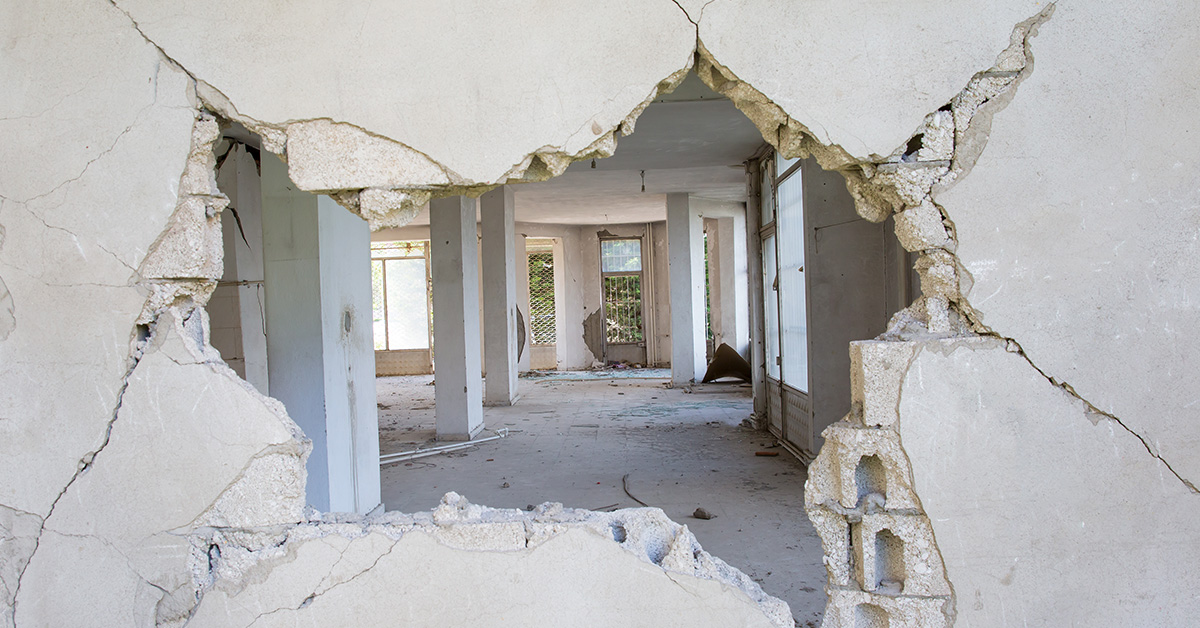Florida Further Restricts Community Association’s Ability to Bring Design and Construction Defect Lawsuits

Several laws have been passed during Florida’s recent legislative session, and one in particular will have a significant impact for community associations. On April 13, 2023, Florida Governor Ron DeSantis signed Senate Bill 360 (“SB 360”) into law. This new law shortens the time period for bringing lawsuits based on design and construction defect claims and creates new legal hurdles for multi-building communities.
Shortened Time Periods for Bringing Construction Defect Claims
The time periods for initiating lawsuits based on design and construction defect claims are established by §95.11(3)(c), Florida Statutes. Prior to the passage of SB 360, the time periods laid out in §95.11(3)(c) began to run upon the later of various triggering events. SB 360 has modified those time periods by changing the applicable triggering events and by requiring that the time periods begin running upon the earliest occurrence of any of the new triggering events.
As amended by SB 360, §95.11(3)(c)’s repose and limitation periods are triggered by the earliest of the following events: 1) issuance of a temporary certificate of occupancy, 2) issuance of a certificate of occupancy, 3) issuance of a certificate of completion, or 4) the date of abandonment of construction if not completed. SB 360 does not alter §95.11(3)(c)’s four-year statute of limitations for design and construction defect claims but it does shorten the statute of repose for latent (hidden) construction defects from ten years to seven years.
Unique Issues for Multi-Building Communities
Before the enactment of SB 360, Florida courts tended to apply §95.11(3)(c)’s repose and limitation periods to each community or project as a whole. In other words, the same repose and limitation periods would be applied to every building within a community. Under SB 360, repose and limitation periods must be applied in multi-building communities on a building-by-building basis. This means that the repose and limitation periods for one building in a community can be triggered years prior to those applied to other buildings in the same community.
What SB 360 Means for Community Associations
SB 360 has significantly shortened the time when an owner, including a community association, must take legal action against contractors for latent construction defects. These changes compromise the protections afforded to homeowners, because typically, latent defects, including foundation issues or leaks behind siding and under roofs, are ones that cannot be seen. SB 360 has created challenging obstacles for community association claimants that will, in some cases, eliminate the opportunity to address legitimate defect issues. This is why, more so now than ever, it is important to explore your legal options and consult an attorney as soon as you begin to suspect your community may have construction defect issues.





